data information & faqs
scope of data collected
The collision data that we routinely use and present in our dashboards is called Stats19 data; it’s road casualty data collected by the Police. The collection and recording process is governed by the Department for Transport (DfT).
Full guidance at GOV.UK – Road accidents and safety statistics guidance. In summary the DfT stipulate that Stats19 collision data should only consist of collisions that were recorded by the police, occurred on a public highway, involved human death or personal injury, involved one or more vehicles and were notified to the police within 30 days of occurrence.
injury severity
The data only includes collisions where an injury occurred. Examples of slight injury include: sprains, neck whiplash injury, bruises, slight cuts, slight shock requiring roadside attention. Serious injury examples include any type of fracture, internal injury, severe cuts, crushing, burns, concussion, severe shock, hospital in-patient. Please note that the Department for Transport (DFT) Stats19 recording rules state that if a road casualty died more than 30 days after the collision their injury should be recorded as serious. Also note that anyone who died because of a confirmed medical episode or confirmed as suicide are not included in this Stats19 dataset.
data accuracy & validation of collision records
- Adjusted Injury Data. In December 2015 serious injury casualties started to be recorded more accurately due to a change in the reporting system used by the Police called CRASH. Some serious injuries may previously have been classified as slight injuries which means that the 2016 data and earlier will show a lower number of serious casualties than after 2016. Currently our reports usually show unadjusted figures by default. The Department for Transport have researched a method to back calculate the statistical probability of a record injury severity being miscoded, but this method is currently too sensitive to use in small numbers so any projected adjustments are shown for the whole of Devon across all road users – the projected figures can be seen in our Annual Stats Report (See Area Comparison section).
- Validation. We conduct our own accuracy and validation checks on this data after we have received it from the police. The data must be checked and fully validated by the DfT before it can be released – this validation process with the DfT is undertaken annually every spring and is usually complete by the end of May at which point we can then release the data for general use.
- While every reasonable effort is made to ensure that Stats19 information and statistics provided is correct no guarantees for the accuracy of information are made.


